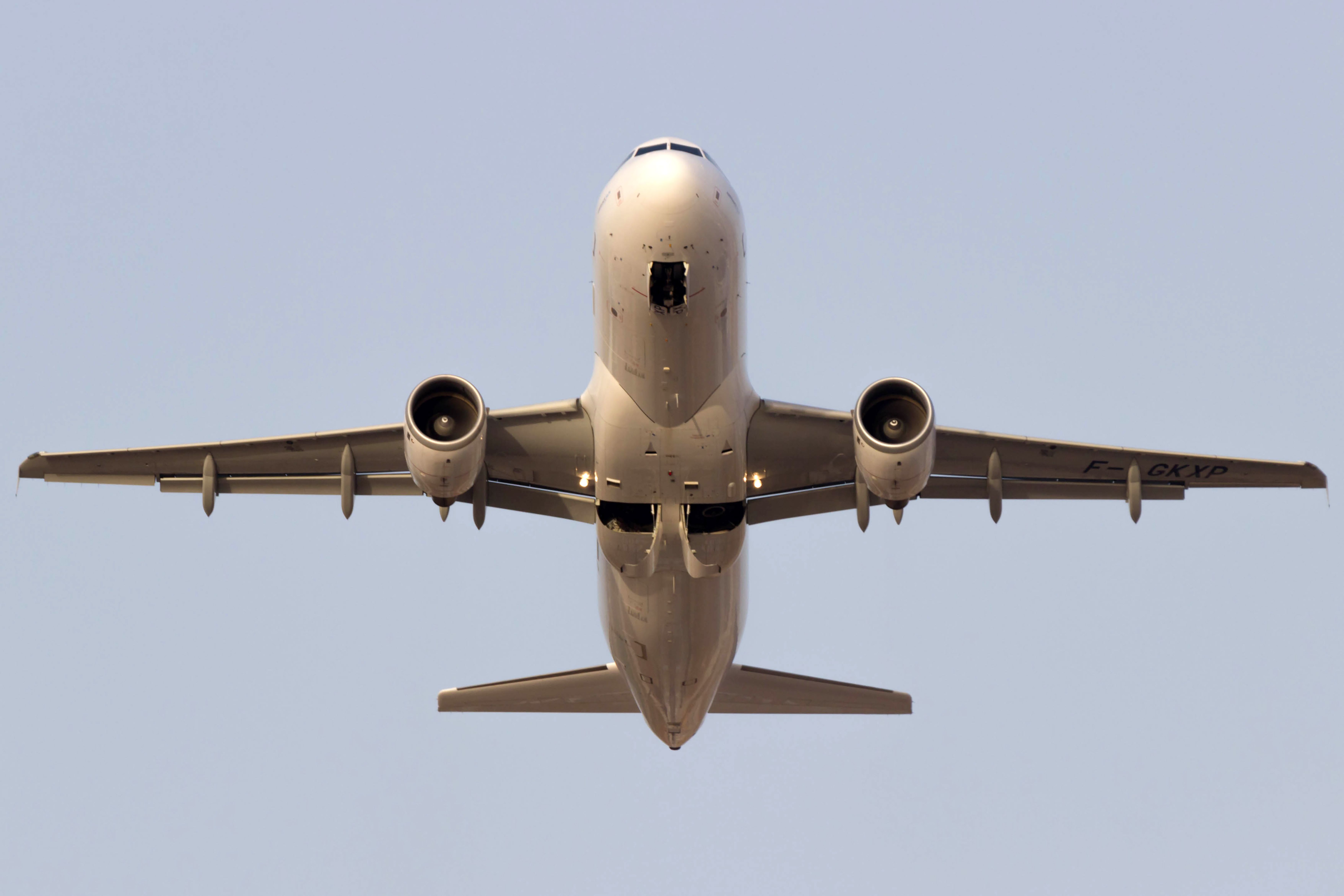On September 14th, 2024, it was announced that European legacy carrier Air France would be trying out a new buy-on-board catering system for its short and medium-haul flights, which from Europe can include destinations across the continent, in North Africa and the Middle East. This new system will shift from the carrier’s current food and beverage offer of mostly free onboard snacks and drinks to an American-style system in which pretty much tea, coffee, and water are the only things that will not require you to take out your wallet.
Today’s news does not come as much of a surprise considering that Air France’s sister carrier, Dutch flag carrier KLM, also announced that they would be moving entirely to a buy-on-board catering scheme in 2025, according to an analysis by Loyalty Lobby. This marks a sharp change from the carrier’s former catering scheme which offered passengers a free beverage along with a sandwich, wrap, pastry, or similar food item.
Photo: Davidi Vardi | Shutterstock
A trial program with both strong advocates and opponents
This new catering scheme is set to become the norm on two Air France routes, and after this brief trial period, a longer-term decision on the future of buy-on-board catering on Air France will be made. The new service will be rolled out to the following two routes:
- Paris Charles de Gaulle International Airport (CDG) to Helsinki Airport (HEL)
- Paris Charles de Gaulle International Airport (CDG) to Humberto Delgado Airport (LIS) in Lisbon, Portugal
Proponents of this new kind of service argue that it offers the airline lower operating costs, and savings which can be passed down to the consumer in the form of lower ticket prices. Those opposed to the scheme believe that it is just another example of airlines choosing to skimp on inflight amenities to reduce costs and that it will also require passengers to wait significantly longer for their food.
Downward pressure has shifted industry norms
Over the past two decades, the standard in terms of inflight service quality has changed drastically. At the turn of the millennium, carriers commonly offered full meals onboard in economy, with lower levels of inflight dining service reserved exclusively for low-cost carriers like Ryanair and easyJet.
Today, however, almost all European legacy airlines have dropped their inflight dining offerings on short- and medium-haul flights to match the standards of budget airlines. On the two routes for which Air France will be trying out this new buy-on-board system, no major intra-European competitors are providing higher-level inflight dining. Both Finnair and TAP, the two other legacy carriers flying these routes, have pretty skin-and-bones inflight service on flights of this length.
Across the board, European legacy carriers have attempted to lower prices in economy enough to compete effectively enough with budget airlines like Ryanair. This has often resulted in extensive cost-cutting and a lower quality of inflight service and amenities. At the end of the day, passengers would rather have the option to pay $50 less for their flight to bring their food on the plane, a trend that will continue to drive service decisions in economy cabins across the region for years to come.


